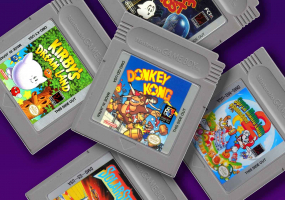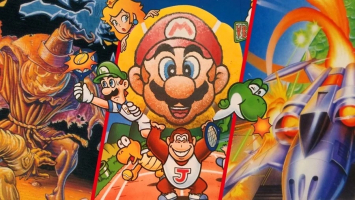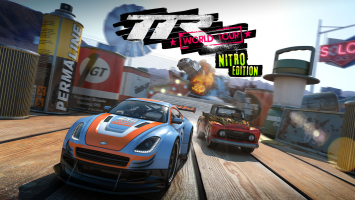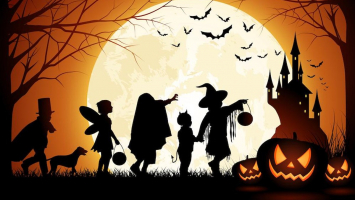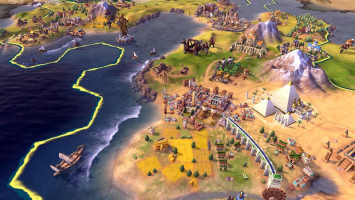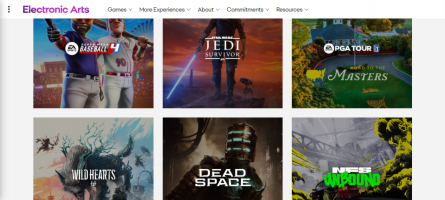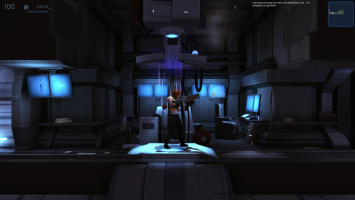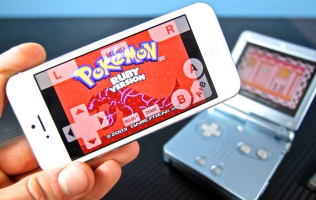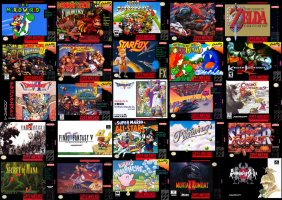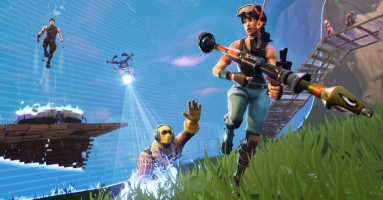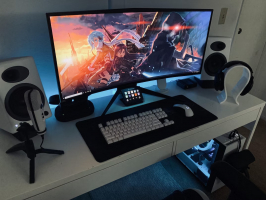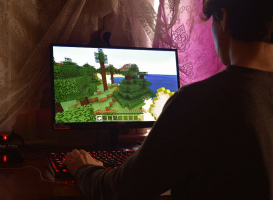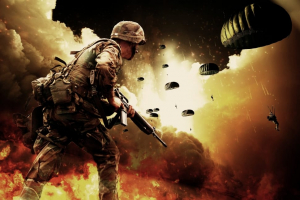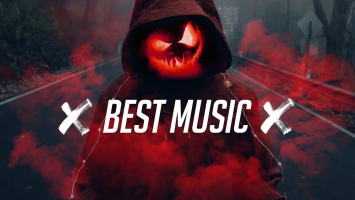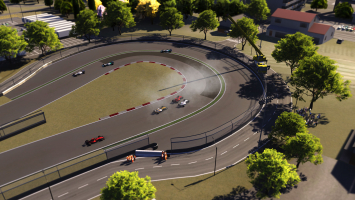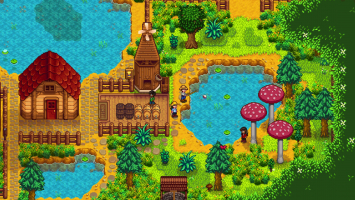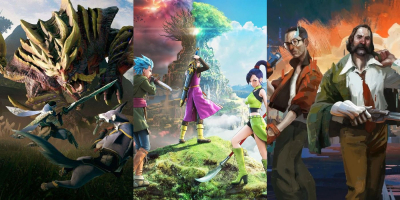Top 8 Best Game Boy Advance Games
It's been 20 years since the Game Boy Advance, which added a landscape view format to the already popular Game Boy Color. The Game Boy Advance is home to some ... read more...of Nintendo's finest remakes, allowing a new generation to experience select classics for the first time. The list below covers the best Game Boy Advance games, and while it attempts to rank them all, it should be viewed more as a suggestion guide, since each item on this list deserves to be revisited by fans. Continue reading for more details.
-
Mother 3 is a role-playing video game in the Mother series released in 2006 by Nintendo for the Game Boy Advance. It was developed by Brownie Brown and HAL Laboratory and published by Nintendo. The game, meant to be the series' final installment, was directed by Nobuyuki Inoue, authored by Shigesato Itoi, and composed by musician Shogo Sakai. The plot follows Lucas, a young child with psychic talents, as he strives to save the planet from an invading army. Human physiology, rejuvenation, moral fungibility, and dualisms such as nature and technology, as well as feudalism and capitalism, are among the game's themes.
The game was developed over a period of twelve years and four systems, commencing in 1994 for the Super Famicom console and progressing through the Nintendo 64 and its 64DD add-on until being discontinued in 2000. Mother 3 began development on the Game Boy Advance in 2003 and was published in Japan on April 20, 2006. When Mother 3 was released, it was a critical and financial success. The game's visuals, soundtrack, and plot were widely lauded by critics, although the gameplay provided little novelties to the role-playing genre.
Platform: Game Boy Advance
Link to buy: amzn.to/3LObCBb
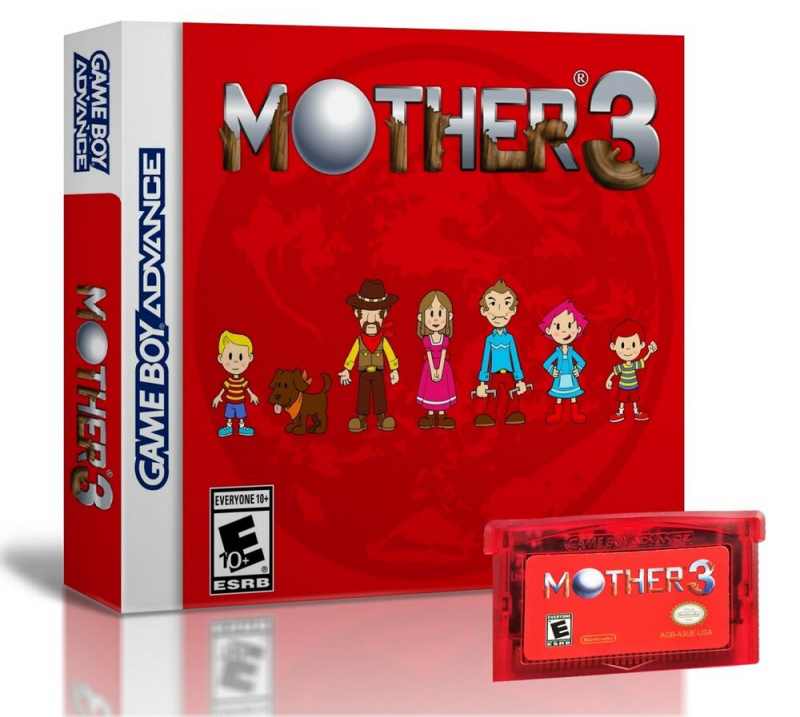
Mother 3 (GBA) 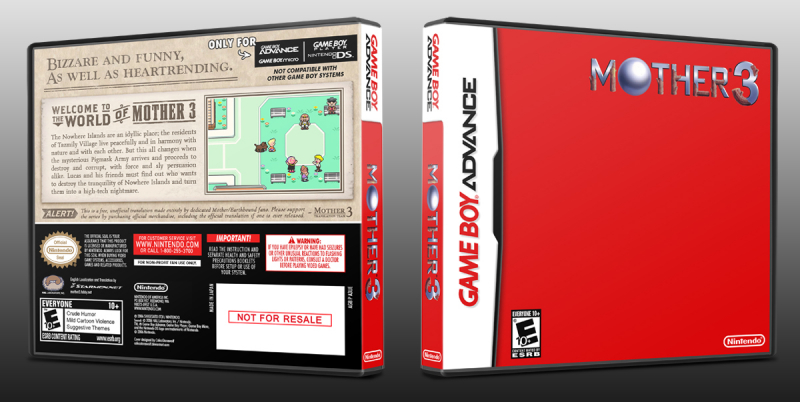
Mother 3 (GBA) -
Metroid: Zero Mission is a 2004 action-adventure game for the Game Boy Advance developed by Nintendo Research & Development 1 and published by Nintendo. It is a recreation of the original Metroid (1986), with updated aesthetics and gameplay. The player controls bounty hunter Samus Aran, who travels to planet Zebes after discovering that the Space Pirates are experimenting with Metroids, violent parasite monsters, like in previous Metroid games. The gameplay revolves around exploration, with the player looking for power-ups to gain access to previously inaccessible areas. The remake includes new weapons, new locales, mini-bosses, new difficulty levels, and a revised plot that delves into Samus's background.
Zero Mission garnered praise for its additional material, aesthetics, gameplay, and upgrades over the original, although it was panned for its short length. The game got multiple awards, including 46th position on Nintendo Power's list of the Top 200 Games. IGN also called it the ninth-best Game Boy Advance game. As of February 2005, it has sold over 439,000 units in the United States and 69,000 in Japan. The game was launched in Japan on June 19, 2014, in the PAL countries on March 12, 2015, and in North America on January 14, 2016.
Platforms: Game Boy Advance, Wii U
Link to buy: amzn.to/3LNfi6b
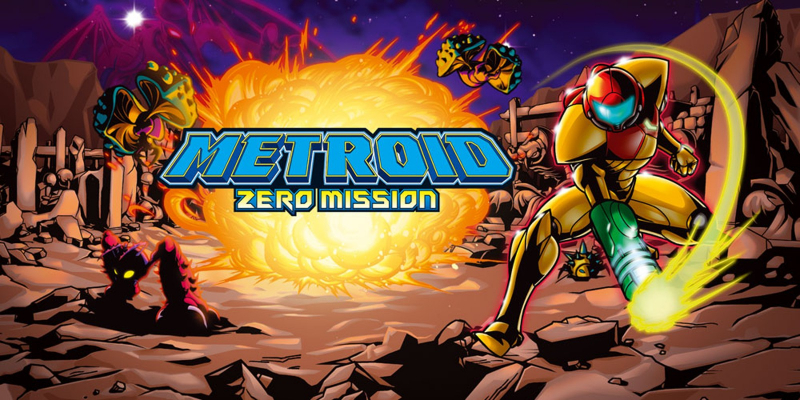
Metroid: Zero Mission 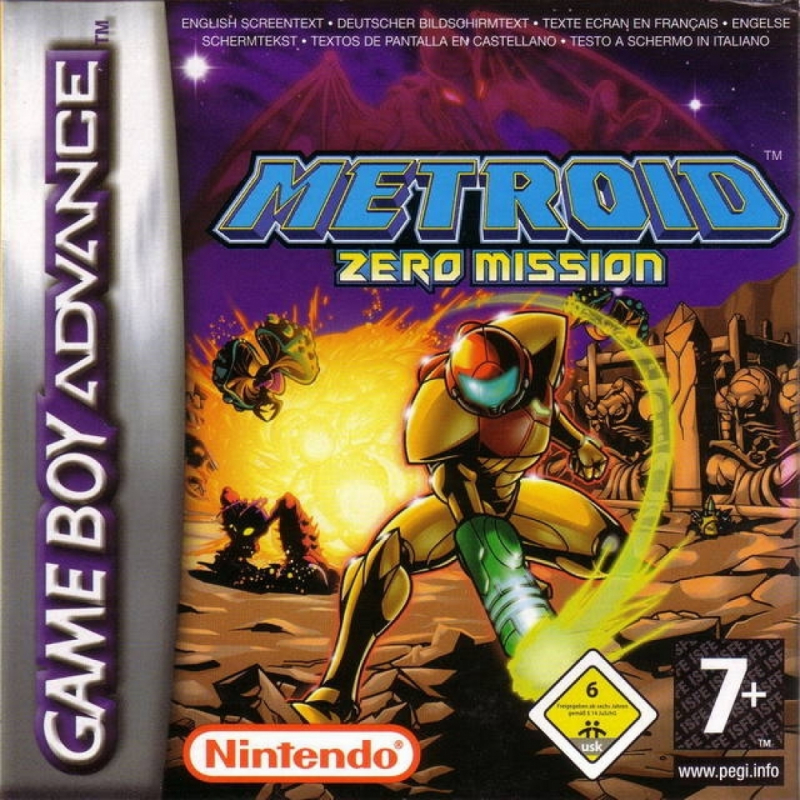
Metroid: Zero Mission -
Castlevania: Aria of Sorrow is an action role-playing game released in 2003 by Konami. It is the third Castlevania game to be released for the Game Boy Advance. Producer Koji Igarashi, who had previously overseen the production teams for previous Castlevania games, was also in charge of Aria of Sorrow's development. Michiru Yamane, Takashi Yoshida, and Soshiro Hokkai returned to create the soundtrack. Junichi Murakami, the director, was new to the Castlevania series.
Aria of Sorrow is set in the year 2035 after Dracula has been imprisoned following a fight in 1999. The narrative follows Soma Cruz, a youngster who has been gifted occult strength as a result of being a prospective vessel for Dracula's rebirth, as he faces dark characters who want to inherit the undead lord's dominion. The game contains the same mix of elements from platform games and role-playing video games as Castlevania: Symphony of the Night (1997). Aria of Sorrow adds various series innovations, such as the "Tactical Soul" system, and uses a futuristic scenario as opposed to the medieval setting of previous Castlevania games.
Aria of Sorrow debuted in May 2003. Although it performed badly in Japan, selling 27,000 sales roughly one month after its debut, it was a financial success in the United States, selling over 158,000 units in the three months after its release. Aria of Sorrow was universally praised for its graphics, gameplay (especially the Tactical Soul System), soundtrack, and level design. Some reviewers regarded it as the finest Castlevania game since Symphony of the Night.
Platforms: Game Boy Advance
Link to buy: amzn.to/3wPBSqI
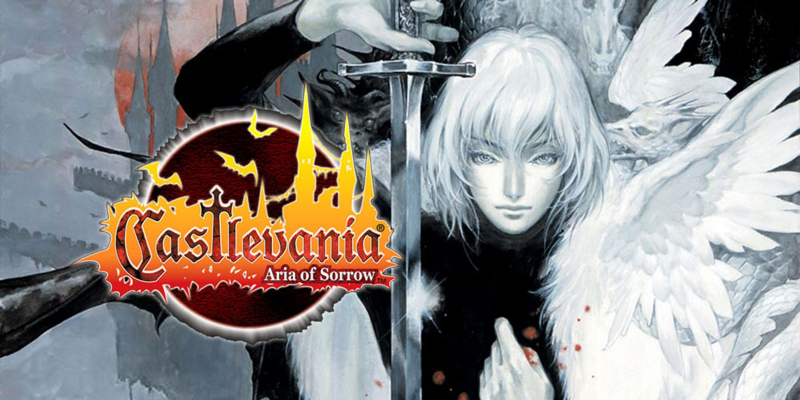
Castlevania: Aria of Sorrow 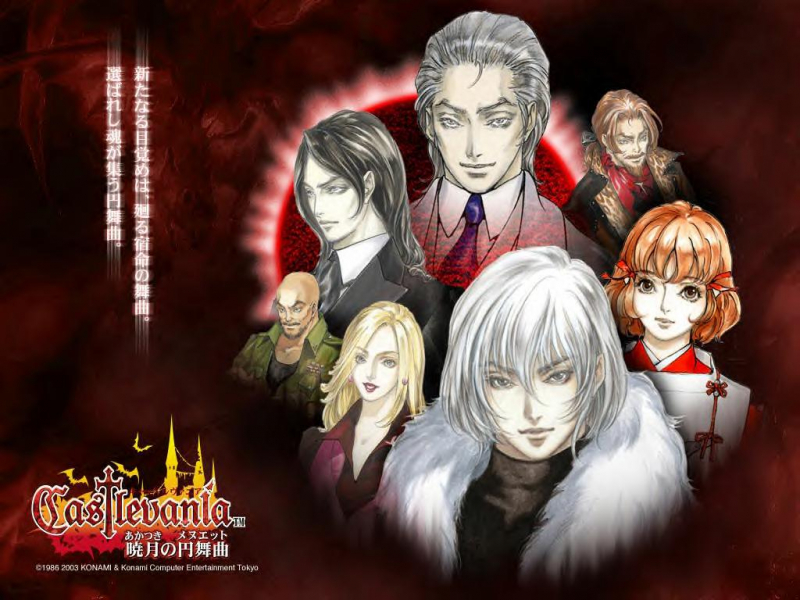
Castlevania: Aria of Sorrow -
Final Fantasy VI, formerly known as Final Fantasy III in North America, is a 1994 role-playing video game developed and released by Square for the Super Nintendo Entertainment System. It is the sixth main entry in the Final Fantasy series and the first to be directed by someone other than series founder Hironobu Sakaguchi; Yoshinori Kitase and Hiroyuki Ito took on the position instead. Yoshitaka Amano, a long-time collaborator, returned as a character designer and concept artist, while composer Nobuo Uematsu returned to produce the game's score, which has been published on many soundtrack CDs.
The game's scenario follows an increasing cast of fourteen permanent playable characters in a world with technology matching the Second Industrial Revolution. The plot revolves around several themes, including a rebellion against an immoral military dictatorship, the pursuit of a magical arms race, the use of chemical weapons in warfare, depictions of violent and apocalyptic confrontations, several personal redemption arcs, teenage pregnancy, and the renewal of hope and life itself. Final Fantasy VI gained tremendous critical praise and multiple accolades, notably for its visuals, soundtrack, plot, characters, location, and mature themes. It is widely regarded as one of the best video games of all time and is frequently hailed as a seminal entry in the role-playing genre.
Platforms: PC game, PlayStation, Game Boy Advance
Link to buy: amzn.to/3PIePFo
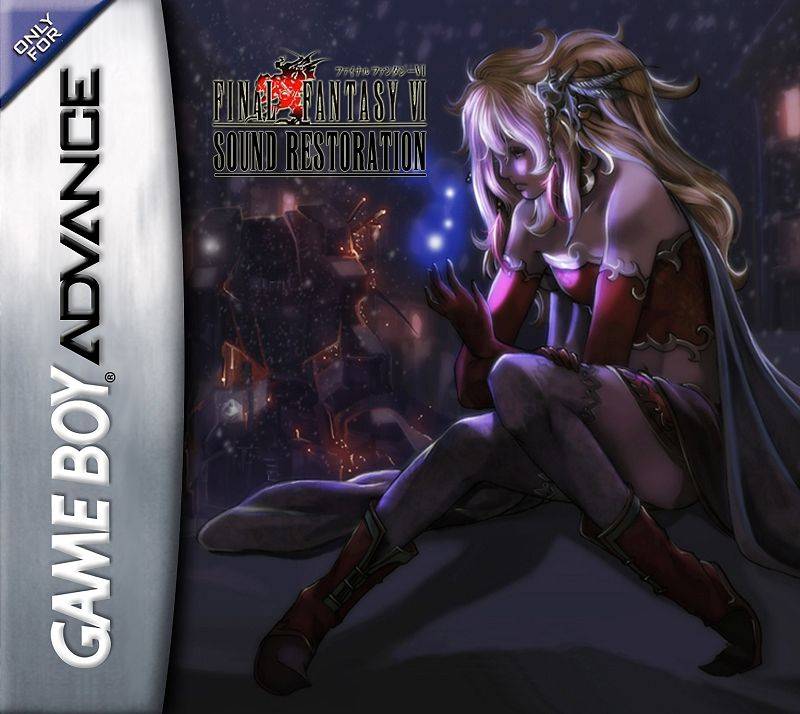
Final Fantasy VI Advance 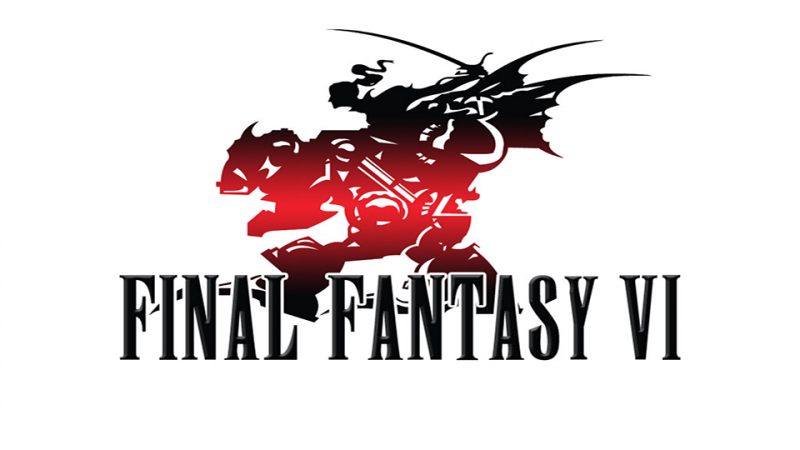
Final Fantasy VI Advance -
Super Mario Advance 4: Super Mario Bros 3 is a platform video game for the Gaming Boy Advance portable game device developed and published by Nintendo. It was first released in Japan, then in Europe, North America, and Australia. It is an improved version of the Nintendo Entertainment System video game Super Mario Bros. 3 and is based on the Super Mario All-Stars remake for the Super Nintendo Entertainment System.
The game was introduced at Nintendo's E3 2003 press presentation. It has various improvements, such as the addition of Charles Martinet's vocals for Mario and Luigi, the ability to scan e-Cards into Nintendo's e-Reader to add particular material, and a multiplayer mode based on the original arcade game Mario Bros.
Even if you played Super Mario Bros. 3 on NES, this game made negotiating the series' convoluted naming rules worthwhile (which of course you did). Assuming you have the necessary equipment to access the e-Reader levels — many of which were never released in North America — Super Mario Advance 4 had a slew of new Nintendo-designed levels to go through, making it a must-have for any Mario fan (and the Wii U Virtual Console release actually included all 38 levels without the need to have the e-Reader, the cards, and a second GBA to scan them with).
Platforms: Game Boy Advance, Wii U
Link to buy: amzn.to/3GiFwMA
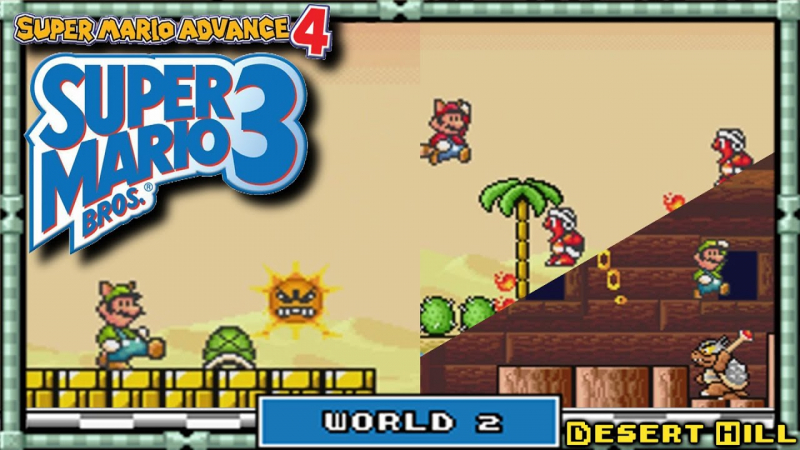
Super Mario Advance 4: Super Mario Bros. 3 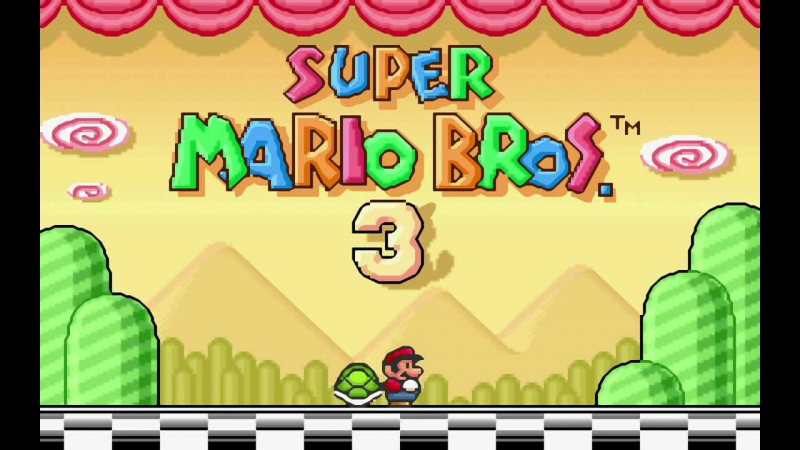
Super Mario Advance 4: Super Mario Bros. 3 -
Golden Sun: The Lost Age, known by several titles in different places, is a 2002 role-playing video game for the Game Boy Advance developed by Camelot Software Planning and published by Nintendo, and their final game released before Hiroshi Yamauchi departed as Nintendo's President. It is the second entry in the Golden Sun series, and it was published in Japan on June 28, 2002, then in North America and Europe throughout 2003.
The Lost Age picks up the plot where the last game left off, putting the player in the shoes of the previous game's adversaries, notably via the eyes of magic-attuned "adepts" Felix and his companions as they attempt to return the power of alchemy to the planet of Weyard. Along the route, the player uses synergy to battle opponents, explore new destinations, assist local inhabitants, and locate elemental djinn that enhances the protagonists' abilities. Players may transfer their characters and equipment from Golden Sun to The Lost Age via a password system or Game Link Cable, and full completion of both games is awarded.
Platforms: Game Boy Advance, Wii U
Link to buy: amzn.to/3lMLc8a
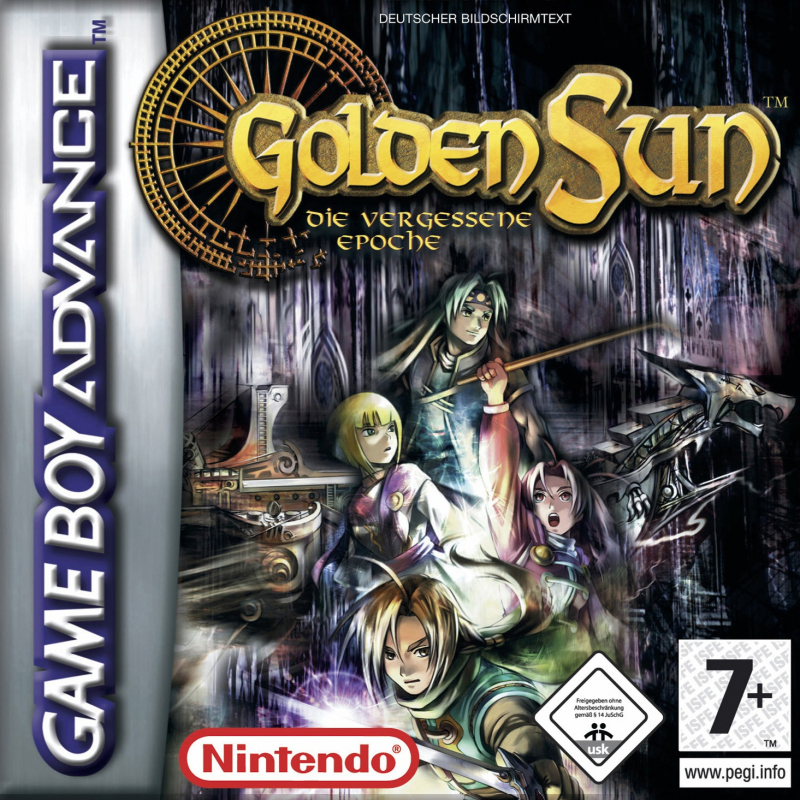
Golden Sun: The Lost Age 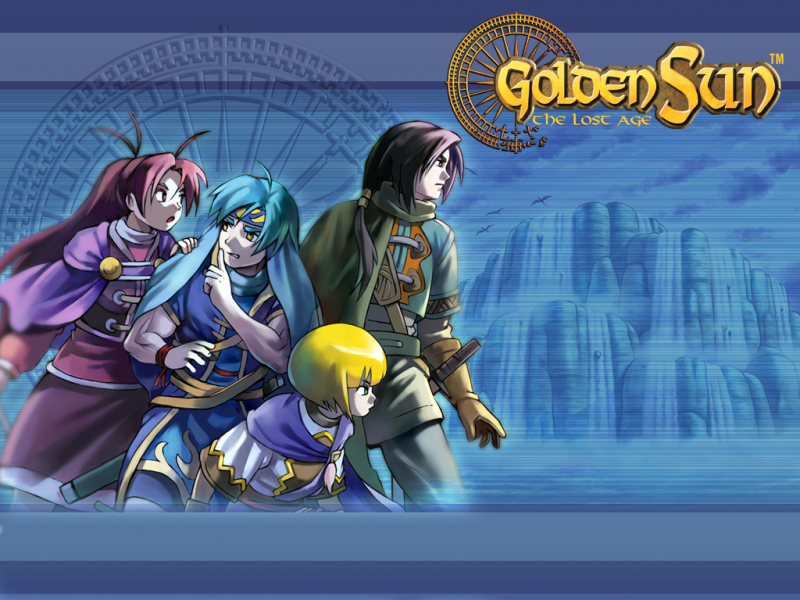
Golden Sun: The Lost Age -
Super Mario World: Super Mario Advance 2 (or Super Mario Advance 2: Super Mario World) is a Game Boy Advance remake of Super Mario World created by Nintendo Entertainment Analysis and Development (EAD). It is the second game in the Super Mario Advance series, and it was published on December 14, 2001, in Japan, February 11, 2002, in North America, and in April 2002 in Europe and Australia. There are several gameplay, aesthetic, and level design modifications from the original game, but the most notable change is that the game is now only for one player rather than two. Luigi, on the other hand, is still playable, although as an alternative character.
When it comes to picking between Super Mario World and Super Mario Advance 2, you really can't go wrong with either version. The remake is a true replica of the timeless original where it counts the most, and the sections where it deviates can be viewed as useful modest enhancements or minor flaws - it truly comes down to personal preference. However, if you've previously played the SNES original and want to try something new, the GBA version remains a fantastic alternative.
Platforms: Game Boy Advance, Wii U
Link to buy: amzn.to/39Z3uRb
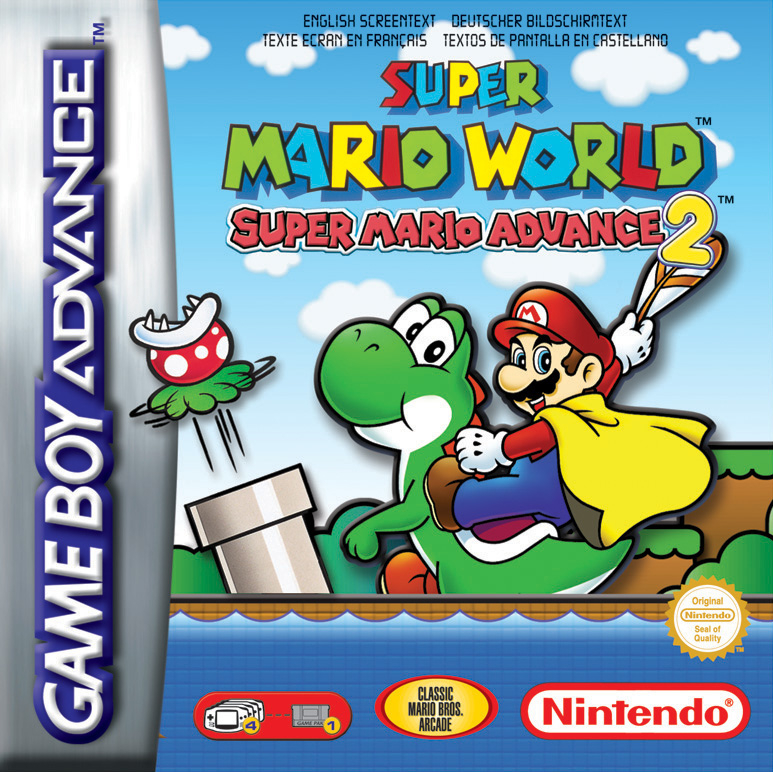
Super Mario Advance 2: Super Mario World 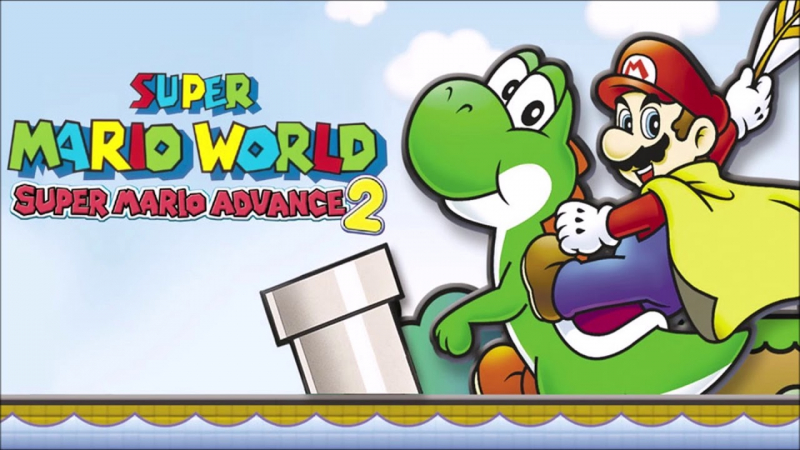
Super Mario Advance 2: Super Mario World -
The Legend of Zelda: The Minish Cap is the twelfth installment in the Legend of Zelda series and an action-adventure video game. Minish Cap was published on the Game Boy Advance in Japan and Europe in 2004, then in North America and Australia the following year. It was developed by Capcom and Flagship, with Nintendo directing the development process. It was made accessible on the Wii U Virtual Console in June 2014.
Minish Cap expands on the narrative of the Four Sword, a weapon first featured in Four Swords and Four Swords Adventures. The game preserves many characteristics from earlier Zelda games, particularly top-down predecessors like A Link to the Past, while also introducing new features and concepts. Specifically, the protagonist Link obtains a magical talking hat named Ezlo, which can shrink Link to the size of a Minish.
Another Flagship-developed entry following the superb pair of Oracles (Ages and Seasons), this was a classic Zelda adventure that looks and sounds great but doesn't offer anything to spice up the pattern. It did, however, provide a few new items – Mole Mitts, Gust Jar, and Cane of Pacci – and allowed Link to acquire new sword skills and fuse components to his blade during the game. Overall, a fantastic bite-sized adventure.
Platforms: Game Boy Advance, Wii U
Link to buy: amzn.to/3LPUg71
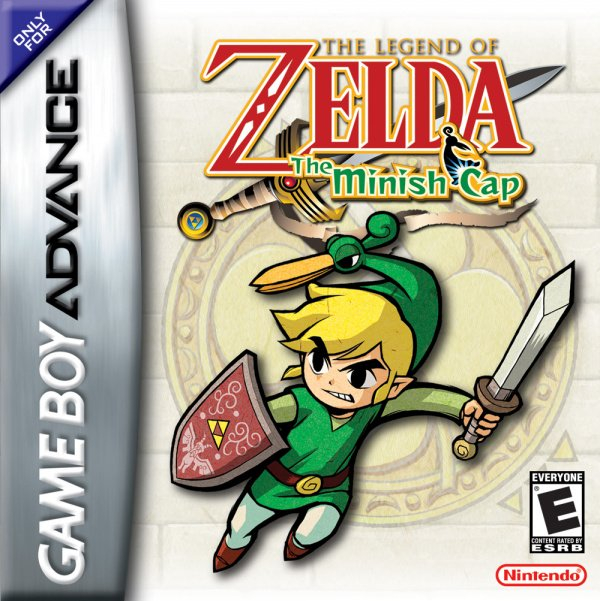
The Legend of Zelda: The Minish Cap 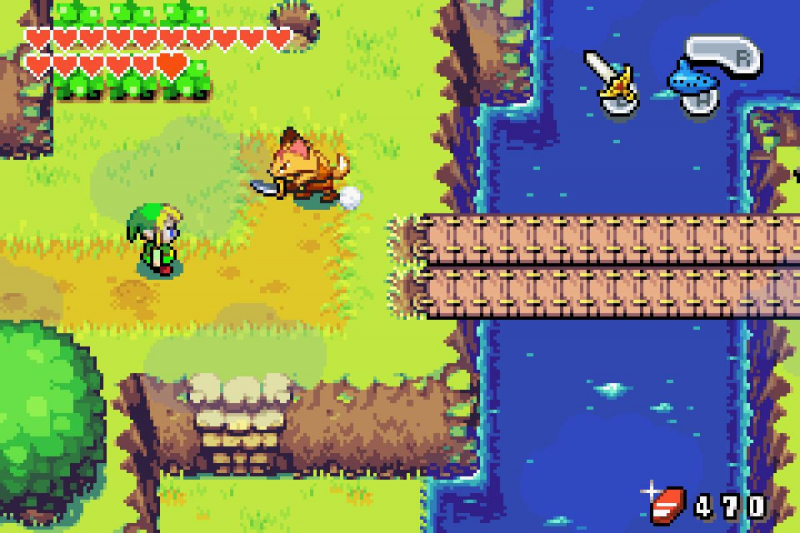
The Legend of Zelda: The Minish Cap










